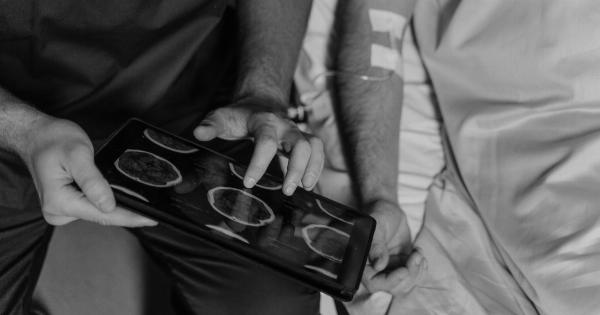Pelvic pain is a common issue that affects both men and women. The pain can be mild or severe, and it can be felt in the lower abdomen, pelvis, or vaginal area. It can also be intermittent or chronic. The causes of pelvic pain are numerous and varied.
In this article, we will explore the different causes of pelvic pain so that you can better understand your symptoms.
What is Pelvic Pain?
Pelvic pain is defined as pain felt in the lower abdomen and pelvis area. It can affect both men and women. There are different types of pelvic pain, depending on the location and severity of the pain.
Pelvic pain can be acute or chronic, and it can range from mild to severe. It can also be intermittent or constant. Pelvic pain can be caused by a multitude of factors, and it can be difficult to diagnose. In some cases, pelvic pain can be a symptom of a more serious underlying condition.
Causes of Pelvic Pain in Women
There are many possible causes of pelvic pain in women. Some of the most common causes include:.
Endometriosis
Endometriosis is a condition in which the tissue that lines the uterus grows outside the uterus, such as on the ovaries, bladder, or rectum. This can cause severe pelvic pain, especially during menstruation.
Other symptoms of endometriosis include heavy bleeding during periods and difficulty getting pregnant.
Fibroids
Fibroids are noncancerous growths that can develop in the uterus. They are very common and can cause pelvic pain, heavy bleeding during periods, and difficulty getting pregnant.
Adenomyosis
Adenomyosis is a condition in which the tissue that lines the uterus grows into the wall of the uterus. This can cause severe pelvic pain, especially during menstruation.
Other symptoms of adenomyosis include heavy bleeding during periods and painful sex.
Pelvic Inflammatory Disease (PID)
PID is an infection of the reproductive organs caused by sexually transmitted bacteria. It can cause pelvic pain, fever, and abnormal vaginal discharge. If left untreated, PID can lead to complications such as infertility.
Ovarian Cysts
Ovarian cysts are fluid-filled sacs that can develop on the ovaries. They are very common and can cause pelvic pain, especially if they rupture or twist. Other symptoms of ovarian cysts include abdominal bloating, nausea, and vomiting.
Uterine Prolapse
Uterine prolapse is a condition in which the uterus begins to sag or descend into the vaginal canal. This can cause pelvic pain, especially during sex. Other symptoms of uterine prolapse include bladder or bowel problems and vaginal bleeding.
Causes of Pelvic Pain in Men
Pelvic pain in men can be caused by a variety of factors. Some of the most common causes include:.
Prostatitis
Prostatitis is an inflammation of the prostate gland that can cause pelvic pain, urinary problems, and pain during ejaculation. It can be caused by bacterial or non-bacterial factors.
Prostate Cancer
Prostate cancer is a type of cancer that begins in the prostate gland. It can cause pelvic pain, difficulty urinating, and blood in the urine. Prostate cancer is more common in older men.
Testicular Cancer
Testicular cancer is a type of cancer that begins in the testicles. It can cause pelvic pain, a lump in the testicle, and swelling in the scrotum. Testicular cancer is more common in younger men.
Inguinal Hernia
An inguinal hernia occurs when part of the intestine or other tissue protrudes through a weak point in the abdominal muscles. It can cause pelvic pain, a bulge in the groin area, and abdominal discomfort.
In some cases, an inguinal hernia may require surgery.
Chronic Prostatitis/Chronic Pelvic Pain Syndrome (CP/CPPS)
CP/CPPS is a condition in which men experience pelvic pain and urinary problems that have lasted for at least three months. The cause of CP/CPPS is not known, and it can be difficult to diagnose.
Conclusion
Pelvic pain can be caused by a wide range of factors, and it can be difficult to diagnose. If you are experiencing pelvic pain, you should talk to your doctor.
They can help you determine the cause of your pain and develop a treatment plan to relieve your symptoms.





























